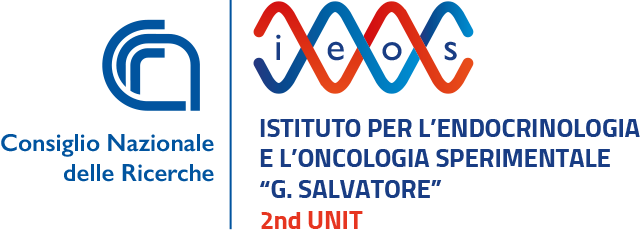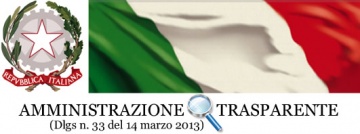Dott.ssa Emanuela Esposito-Institute of Applied Sciences and Intelligent Systems - Unit of Naples-National Research Council
Abstract. Advanced characterization techniques are essential for exploring the structural and functional complexity of biomolecular systems. In this seminar, I will present selected case studies illustrating the capabilities of two complementary approaches: Surface-Enhanced Infrared Absorption (SEIRA) spectroscopy and cryogenic electron microscopy (cryo-EM). SEIRA exploits plasmonic nanostructures to enhance infrared signals, enabling sensitive and selective detection of molecular vibrations, even at very low concentrations or in complex biological environments. This makes SEIRA a valuable tool for probing chemical functionalities and molecular interactions in situ and label-free. Cryo-EM, on the other hand, provides high-resolution three-dimensional visualization of biomolecules and nanomaterials in their native hydrated state, preserving dynamic conformations and allowing structural investigations at near-atomic resolution. Through concrete examples, I will highlight how each technique can be applied to the study of protein aggregates, nanostructured materials, and biosensing platforms. While not yet integrated in a single workflow, SEIRA and cryo-EM offer complementary insights that together expand our ability to characterize biological systems at multiple levels of chemical and structural detail.
Biosketch. Dr. Emanuela Esposito’s scientific activity initially focused on the interaction of radiation with matter and its application in superconducting, photonic, and plasmonic devices. From 1991 to 2005, she developed superconducting radiation detectors based on Josephson tunnel junctions, addressing their design, fabrication, and characterization. Her work contributed to the optimization of device performance through a deep understanding of the fundamental physics of radiation/matter interactions, in collaboration with institutions such as the University of Oxford, Landau Institute (Moscow), and Electrotechnical Laboratory (Tsukuba).
Since 2005, her research has expanded to micro- and nanoscale devices exploiting quantum phenomena in superconducting and magnetic materials, and photonic structures for applications ranging from biomedicine to telecommunications. From 2006 to 2013 she led the Nanotechnology Laboratory at CNR-IMM Naples; since 2013 she has been directing the same laboratory — now the Electron Beam Lithography Laboratory — at the CNR-ISASI Institute, where she coordinates research activities on “Optical sensors based on Plasmonic and Photonic crystal structures: from lab-on-chip to lab-on-fiber”.
Since 2023, she is also Scientific Coordinator of the EYE Lab – Cryo Electron Microscopy facility, where she is engaged in advanced cryo-EM imaging and analysis of biological macromolecules and nanomaterials.
Her expertise includes design and fabrication of micro/nano devices by electron beam lithography, electron microscopy and metrology, cryogenic instrumentation, and cryo-EM.
Dr. Esposito co-authored 142peer-reviewed papers (94 ISI).




